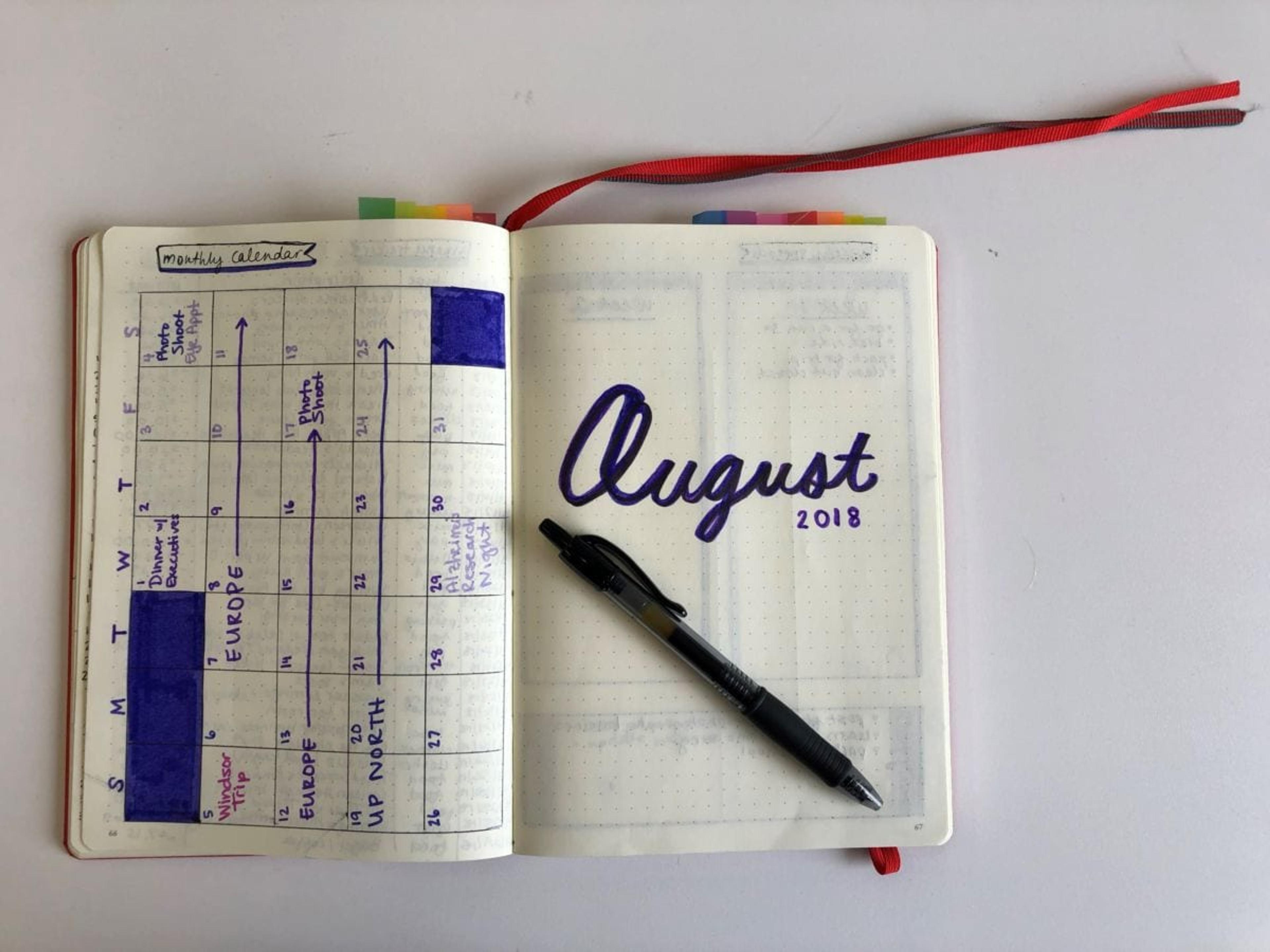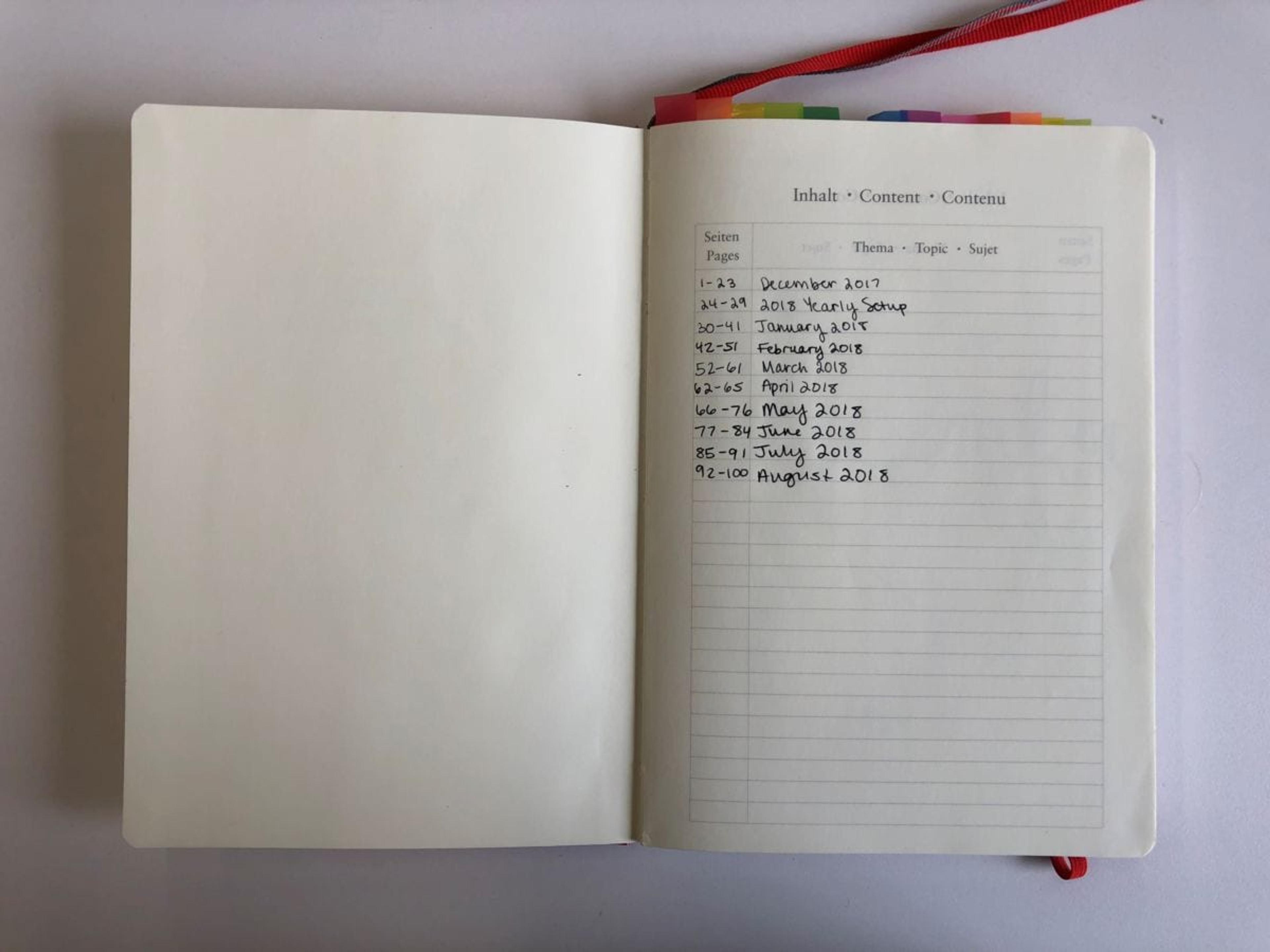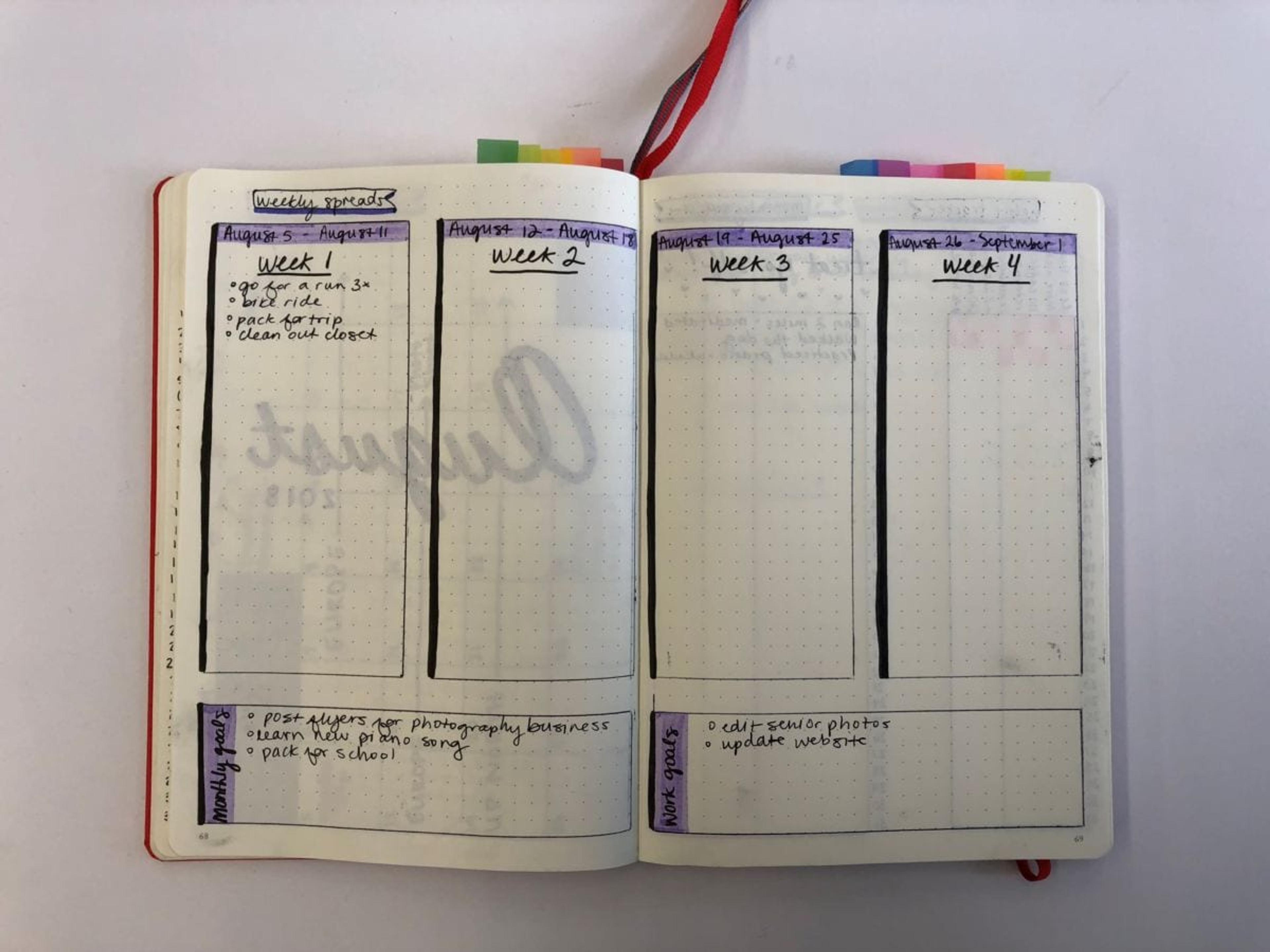Bullet Journal Zen: Organize Your Life with Paper and Pen

Julie Bitely
| 4 min read

Think you’re busy?
Tera Qualls might have you beat. She’s a realtor, runs her Momentum for Impact business, produces a podcast and volunteers as a board member of MomsBloom. Oh, and she’s raising two boys.
“To say I have a lot going on is an understatement,” Qualls said.
To stay on top of it all, she recently turned to the practice of bullet journaling. She found it so life-changing that she taught two sold-out classes explaining how to do it at 6.25 Paper Studio in Grand Rapids.
No doubt the class and notes for planning it went in her bullet journal, right alongside grocery and to-do lists, editorial planning for her podcast, notes from work and board meetings, her sons’ events on her calendar and inspiring quotes she comes across.
On bulletjournal.com, a bullet journal, or BUJO, is described as “a customizable and forgiving organization system. It can be your to-do list, sketchbook, notebook, and diary, but most likely, it will be all of the above.” This has certainly been true for Qualls.
“Bullet journaling is the first system I’ve come across that lets me keep all the facets of my life in one spot. Life is more than just work or just family, it’s multi-faceted and BUJOs allow you to capture all the craziness of life in one spot,” she explained.
Qualls went from multiple organizational systems to one catch-it-all journal, which she admits took a bit of mental adjustment.
“It was a bit tough, because I had been using a ton of other systems, but once I got into the habit it was quite easy to use and much more efficient,” she said. “If someone is just getting started, I recommend they try it out exclusively for two months. They have to see how it can work on a regular basis and build the habit. If you quit too soon, you won’t get the full experience.”
The life-changing aspects of bullet journaling for Qualls center on specific changes she’s been able to make. By having everything in one spot, she has a clear view of what’s important and what she’s able to let go of. It’s simplified her life and helped her focus on big-picture goals. She’s also able to use the space to write down feelings, work through ideas, and hash through life events.
“I didn’t have a habit of doing this before and it has been great for supporting healthy emotional intelligence and helping me process everything that’s going on in my life,” she said.
Want to give bullet journaling a try? Quall recommends tutorials on bulletjournal.com to get started. She also offered these tips:
- Invest in a quality pen and journal with grid paper.

- Reserve the first two pages of your journal for an index. As you enter collections such as projects you’re working on or movies you want to see, you can easily enter them in the index to find later. “The key is the index,” she said.

- The second spread of your journal serves as a future log, a space to map out events or tasks that need to be done month-by-month.
- Keep breaking it down – reserve a spread for the next month, week or day – whatever works for you.

- Create a key to help you see at-a-glance what in your life needs attention and what can wait.
- Think about all the current things you keep track of and migrate them to your bullet journal.
There are a lot of online resources devoted to bullet journaling. No matter what you’re trying to track, there’s likely a template someone else has already developed that you can adopt as is or modify to suit your needs.
If something in your bullet journal isn’t working, Qualls said you can always rip out pages and start fresh.
Do you BUJO? Tell us how you use this organizational tool in your life in the comments.
If you liked this post, you might also enjoy:
Photo credit: distelfliege





